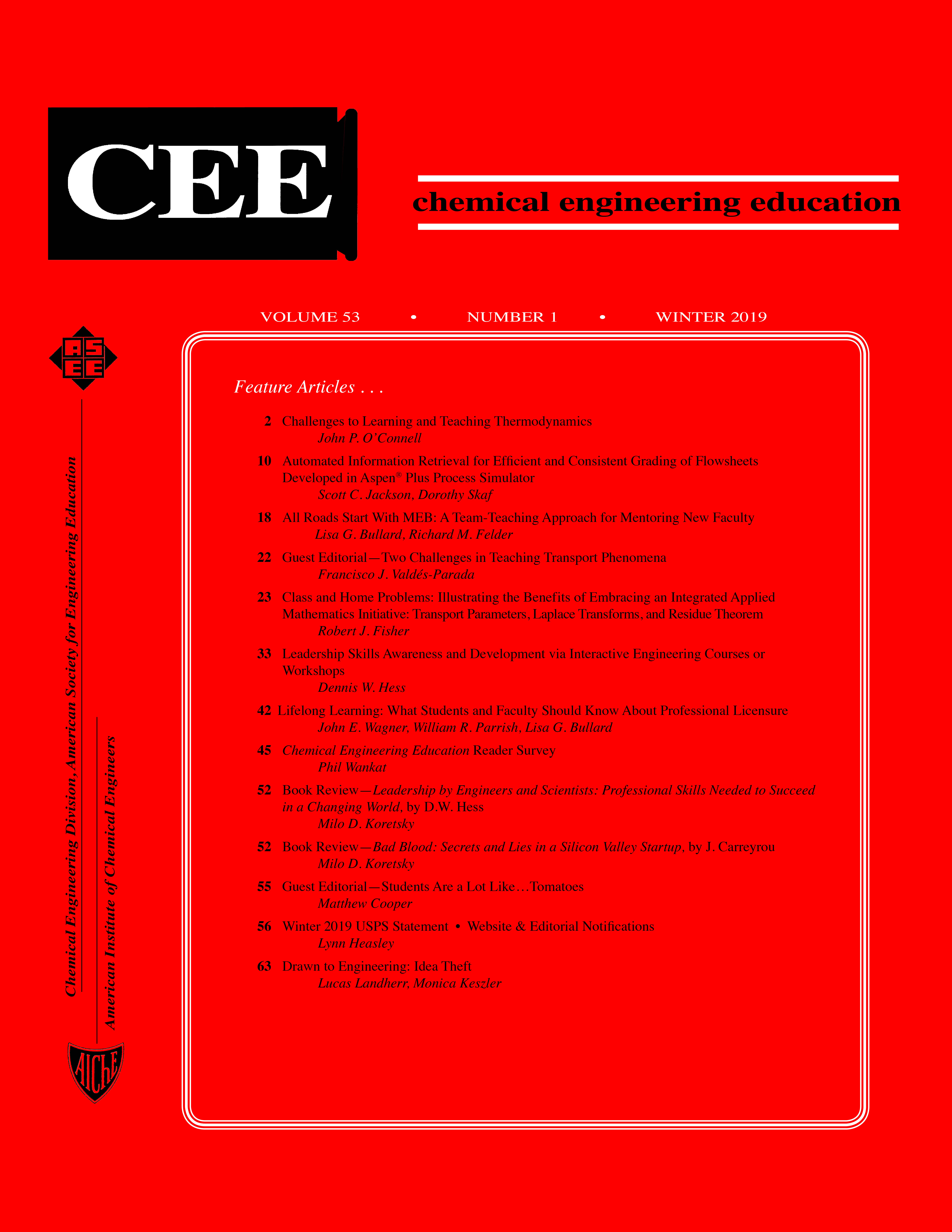Illustrating the Benefits of Embracing an Integrated Applied Mathematics Initiative: Transport Parameters, LaPlace Transforms, and Residue Theorem
Abstract
Our exponentially increasing knowledge base creates many new technology challenges. Academia must therefore respond emphatically. Educating rising professionals to successfully confront these future difficulties requires innovative curricula challenges. A successful adaptation integrates STEM program protocols into core courses. Embracing Integrated Applied Mathematics methodologies is representative. The straightforward solution to partial differential equations using LaPlace Transforms and Residue Theorem provides meaningful examples for course inclusion. A relevant problem presented here relates transport characterization to delivery/sequestration technologies.


